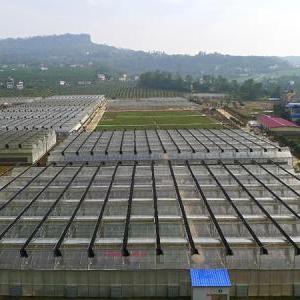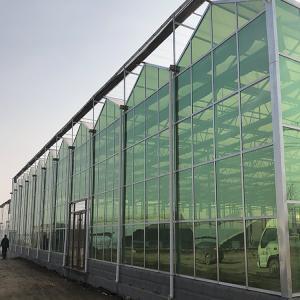Strawberry Cultivation in Canada: A Blend of Climate Adaptation and Agricultural Excellence
Canada’s strawberry industry stands as a testament to the nation’s ability to adapt agricultural practices to diverse climatic conditions, producing high-quality berries enjoyed both domestically and internationally. Strawberries (Fragaria × ananassa) thrive in regions with cool summers, well-drained soil, and sufficient sunlight, making several Canadian provinces ideal for their cultivation.British Columbia, Ontario, Quebec, and Nova Scotia are the primary strawberry-producing provinces, each leveraging unique environmental advantages. In British Columbia’s Fraser Valley and Vancouver Island, mild coastal climates extend the growing season, allowing for early spring and late fall harvests. Ontario, particularly the Niagara Peninsula and regions around Ottawa, benefits from fertile, loamy soils and warm summers, supporting both June-bearing and everbearing varieties. Quebec’s Montérégie and Lanaudière regions utilize advanced greenhouse and high tunnel systems to mitigate cold springs, while Nova Scotia’s Annapolis Valley combines coastal influences with rich soils to produce berries with exceptional flavor.
Canadian strawberry farmers employ a range of cultivation techniques to optimize yield and quality. June-bearing strawberries, the most common type, produce a single, abundant harvest in late spring to early summer, requiring careful management of runners and proper spacing for sunlight penetration. Everbearing and day-neutral varieties, which yield fruit from spring until frost, are gaining popularity for their extended harvest periods, particularly in market gardens and u-pick operations.
Soil preparation is critical, with farmers prioritizing well-drained, slightly acidic soil (pH 5.5–6.5) enriched with organic matter. Crop rotation, often with legumes or cereals, helps prevent soil-borne diseases and maintains soil fertility. Integrated pest management (IPM) strategies are widely adopted, combining biological controls (such as ladybugs for aphids), cultural practices (like removing diseased plants), and targeted pesticide use to minimize environmental impact.
Harvesting is labor-intensive, as strawberries are hand-picked when fully ripe to ensure optimal sweetness and texture. Most berries are harvested in the morning when temperatures are cool, preserving freshness during transportation. Post-harvest, strawberries are quickly cooled to 0–2°C to extend shelf life, with strict quality control measures in place for both fresh market and processing (e.g., jams, frozen berries, and desserts).
The Canadian strawberry industry also benefits from strong research and innovation. Agricultural institutions like the University of Guelph and Agriculture and Agri-Food Canada (AAFC) develop new varieties resistant to pests, diseases, and frost, while improving flavor and shelf stability. For example, varieties like ‘Jewel’ and ‘Kent’ are favored for their high yields and adaptability to Ontario’s climate, while ‘Sable’ and ‘Honeoye’ perform well in Quebec’s cooler regions.
Consumer demand for local and organic strawberries has grown significantly, driving expansion in u-pick farms and farmers’ markets. These direct-to-consumer models not only enhance profitability for small-scale farmers but also foster connections between producers and consumers, highlighting the freshness and quality of Canadian-grown berries.
In conclusion, Canada’s strawberry cultivation exemplifies the synergy between climate adaptation, sustainable farming practices, and technological innovation. From coastal British Columbia to the rolling hills of Nova Scotia, Canadian strawberries continue to be a source of pride, offering a delicious taste of summer while supporting rural economies and environmental stewardship.





